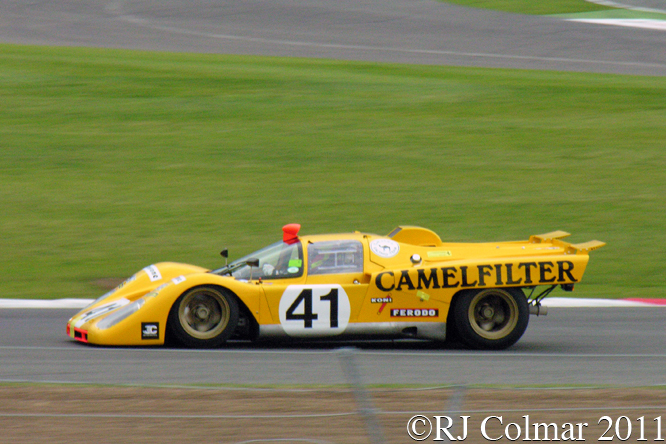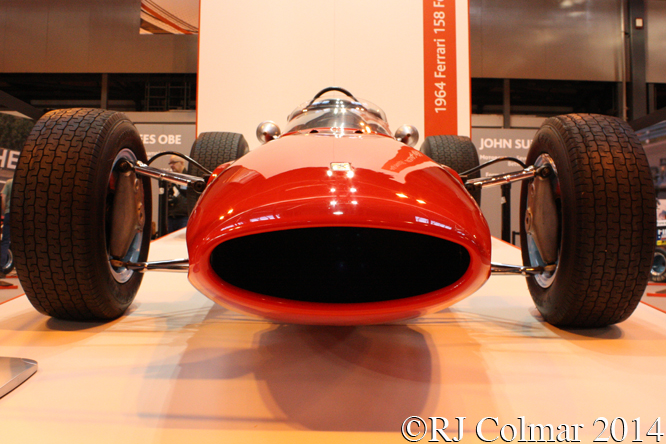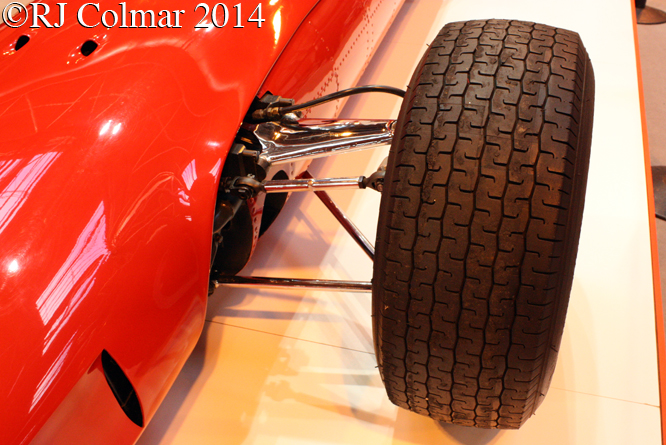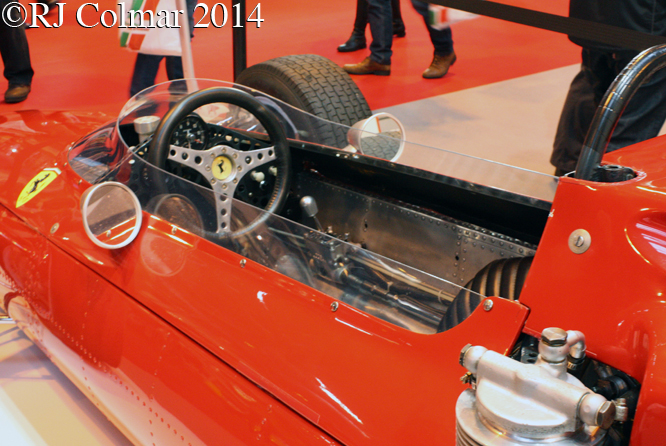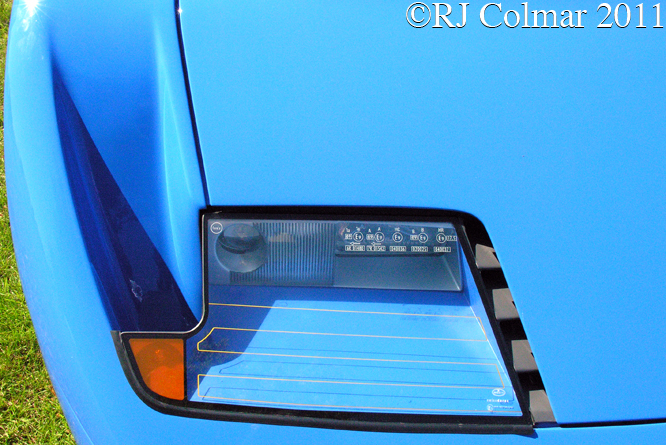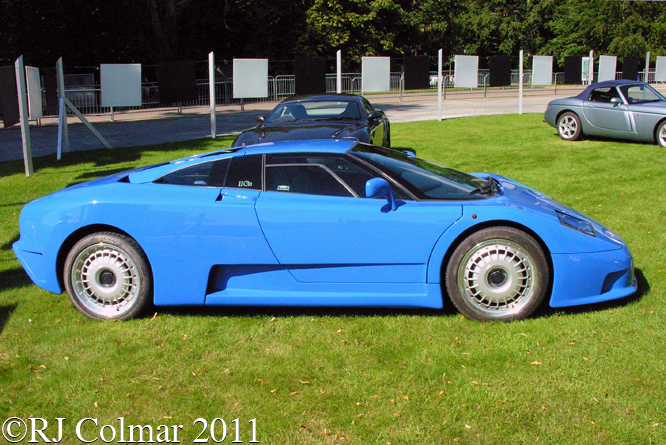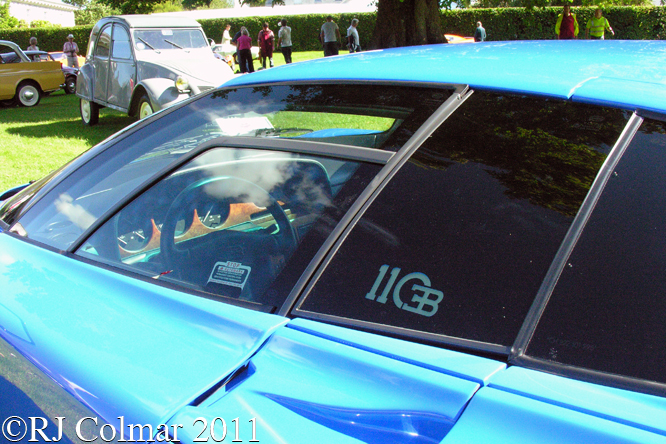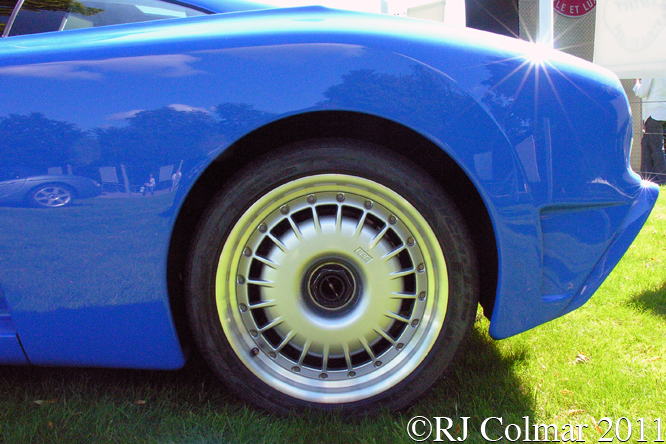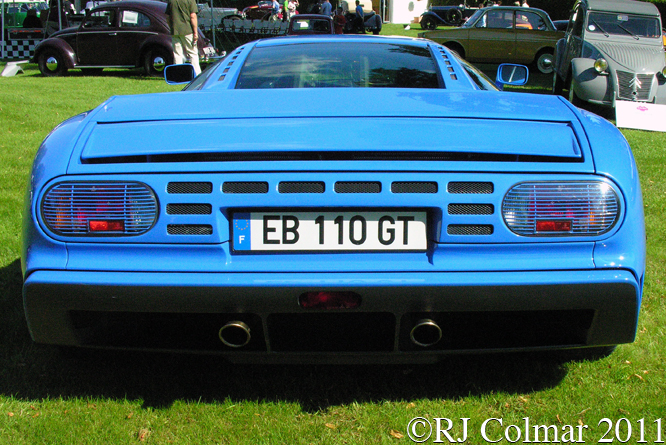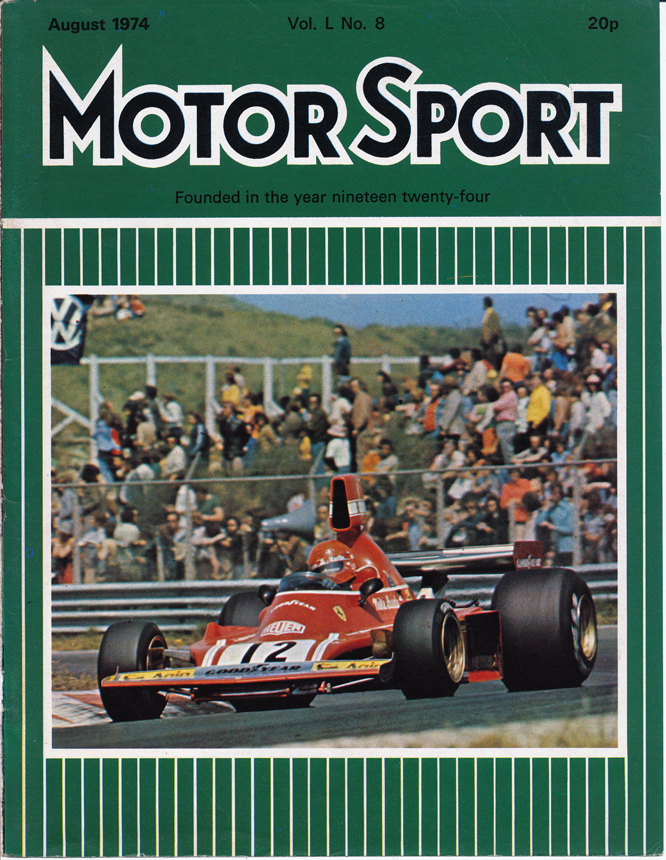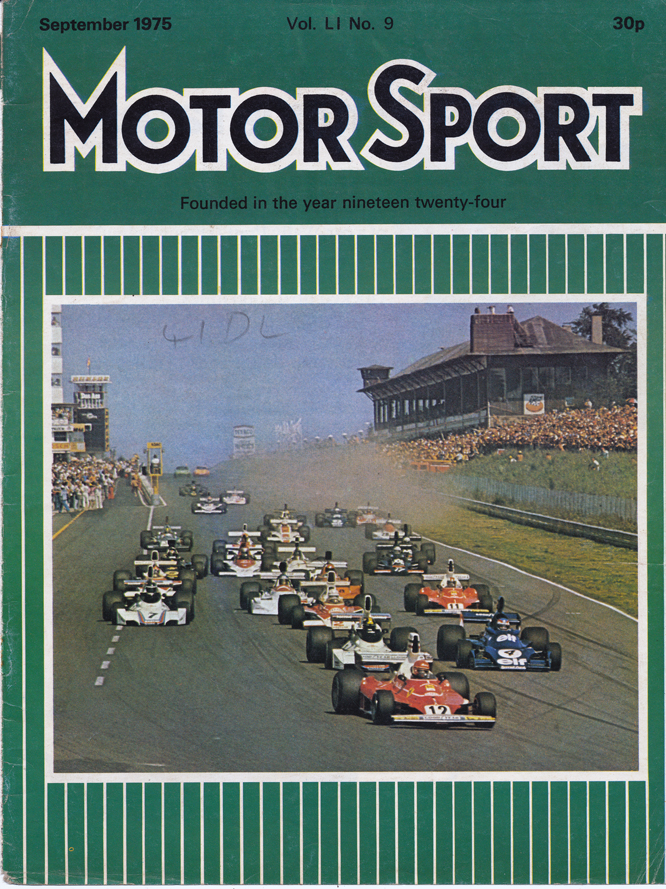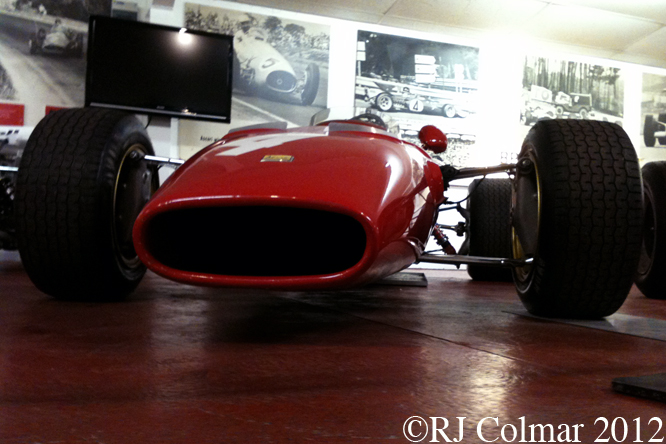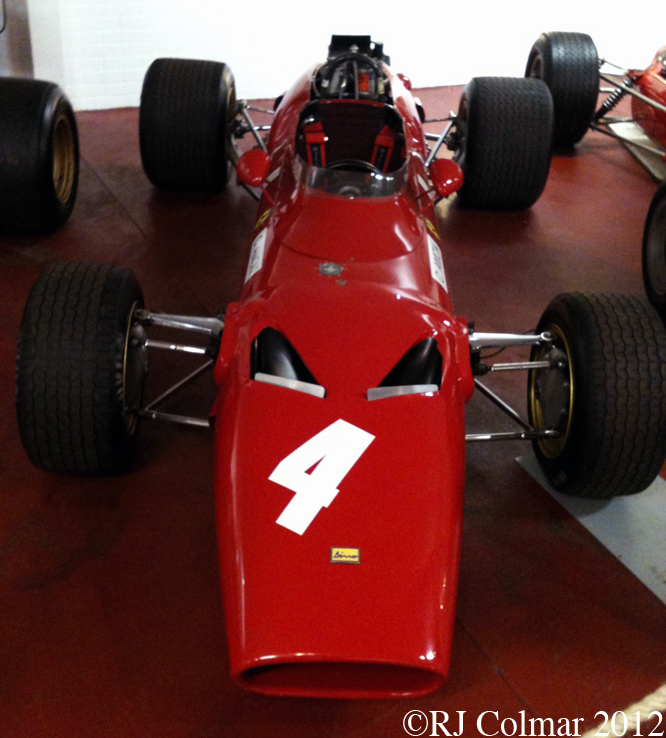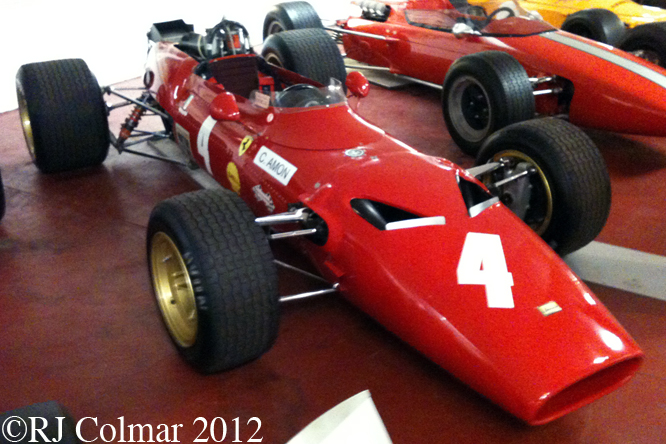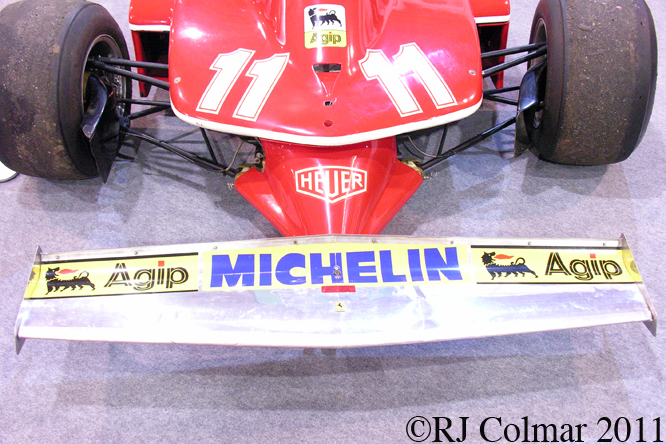When the new 3 litre / 183 cui Formula One regulations for 1966 were announced most teams were caught on the hop not least because when Colin Chapman went to meetings to negotiate new post 1.5 litre regulations with the sports authorities he expected that if he asked for 3 litre engines he and the authorities might reasonably settle on a maximum 2 litre / 122 cui size, instead the authorities simply rubber stamped the 3 litre suggestion.

At this time Ferrari were in the process of securing their second Formula One World Constructors Championship with John Surtees and caught in a ferocious spending war with Ford in the World Sports Car series, short of funds having turned down an offer from Ford, Ferrari were left with little choice to adapt a sports car V12 engine to meet the new regulations and fit it to the 1966 Ferrari 312.
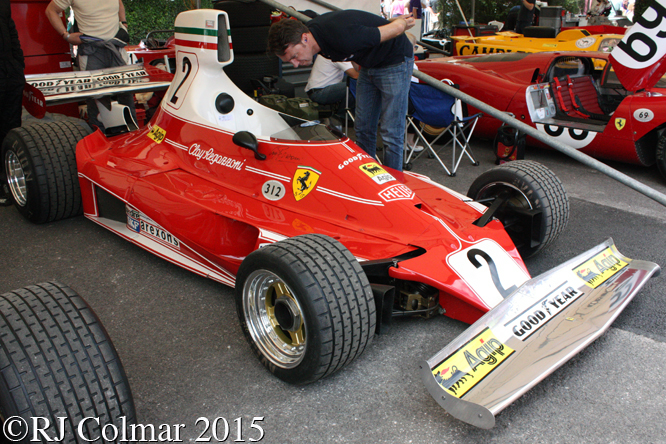
An internal squabble stymied what should have been a successful couple of years with the 312, as until the arrival of the Ford financed Cosworth DFV in 1967, there were few 3 litre engines of equal power, but without John Surtees the Ferrari team lost out to the reliable Repco powered Brabhams in both 1966 and ’67.

After Ferrari were thoroughly beaten by Ford at Le Mans in 1966 and 1967 the sporting authorities rashly announced that future sports cars would also be restricted to a maximum 3 litre capacity and Ferrari’s technical Director Mauro “Fury” Forghieri at last time and funding to turn his attentions to building an uncompromised 3 litre / 183 cui racing engine.

His intentions with the new motor were to keep the centre of gravity low and so he chose a 180°, also known as flat, V12 architecture, not a true boxer despite the 312 B, 312 B2 and 312 B3 designations of the first 3 Formula One designs to which they were to be fitted from 1970 to 1974.

By 1972 “Fury” had turned his attention to reducing the polar moment of inertia to improve the handling of his designs by moving the front radiators behind the front axle line on the unraced curiosity known as the Spazzaneve, snow plough, however Enzo Ferrari’s failing health led to FIAT executives demoting Mauro when taking over the running of the Formula One team and a most disastrous season followed in 1973 until Il Commendatore returned to work midway through the season.
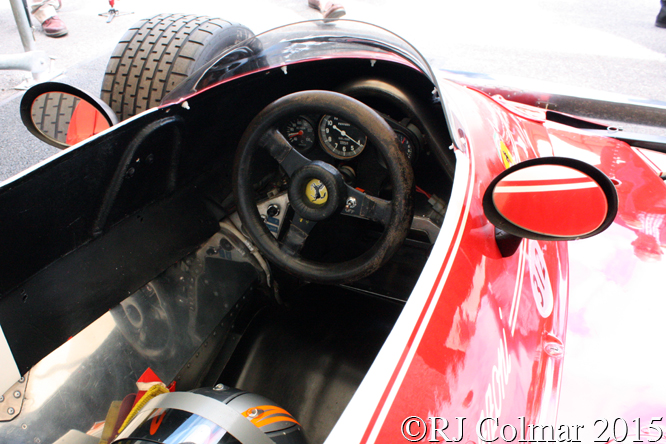
Enzo immediately reinstated Mauro who set about turning the poorly conceived and executed 1973 Ferrari B3 into a winner for the 1974 season.

For 1975 “Fury” started with a clean sheet and designed today’s featured reliable 510 hp flat 12 powered 312 T that not only had the front radiators mounted behind the front axle, but also had the gearbox mounted transversely ahead of the rear axle so that only the front and rear wings, used to aerodynamically balance the car, protruded from the axles of the car, which when developed with Niki Lauda at the wheel resulted in a superior handling.
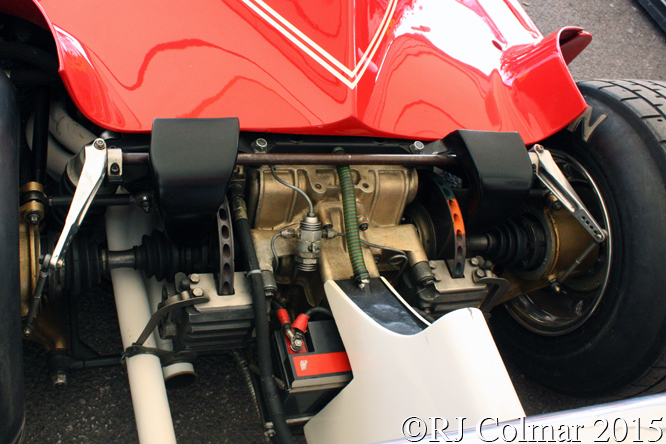
After starting the 1975 season with the older B3 design, the 312T was introduced at the South African Grand Prix, after all of the bugs of the new car had been ironed out Niki Lauda went on a winning streak in Monaco, Belgium and Sweden, finished second to James Hunt in Holland and won again in France and at the season ending US Grand Prix, having rapped up the Drivers World Championship with a third place finish at Monza where team mate Clay Regazzoni took a popular win in today’s featured car chassis #024, which helped Ferrari win their first Formula One Constructors Championship since 1964.

Chassis #024 was the last of of five 312T’s to be built prior to his win at Monza Clay drove this car in France, where he retired, Britain where he finished 13th and Austria where he came home 7th. Subsequent to the race at Monza Clay drove the car to a seventh place finish at the 1976 season opening Brazilian Grand Prix before winning the inaugural US Grand Prix West at Long Beach.
New rules were mandated after this final appearance and the 312T’s were superseded by the 312T2, this particular chassis ended up with British computer leasing magnate John Foulston before his death in 1987 and is seen with Rob Hall of Hall and Hall at the wheel at Goodwood Festival of Speed earlier this year.
Thanks for joining me on this “Fury, Gravity And Inertia” edition of “Gettin’ a li’l psycho on tyres” I hope you will join me again tomorrow when I’ll be returning to Oulton Park to wrap up this years Gold Cup coverage. Don’t forget to come back now !





